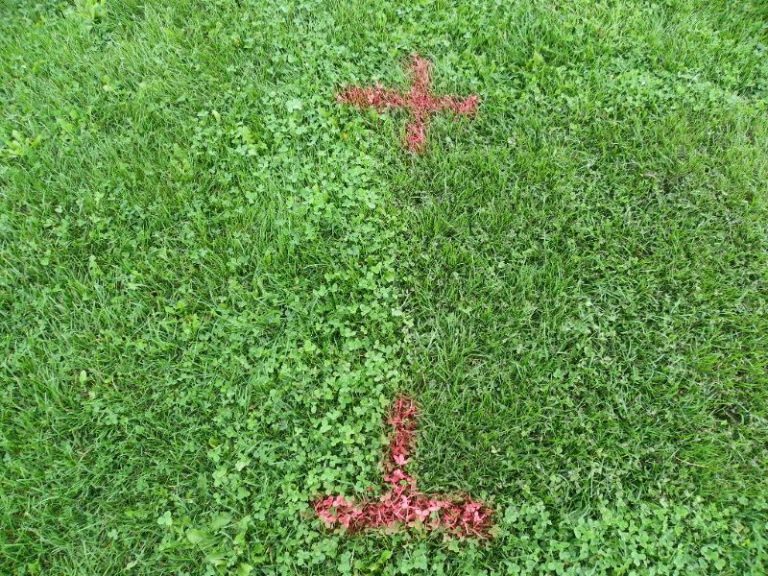Q: What are my options for organic weed control on a heavily trafficked community field that’s infested with broadleaf and grassy weeds?
A: For organic weed control, chelated iron – sold as Fiesta, Natria, and Iron X (among others) – is a good option. To optimize control, you will want to apply to the weeds as young as possible but when temperatures are between about 60 and 75 degrees. Mix a 4% solution and apply at 5 gallons per 1,000 square feet. You can also apply an 8% solution at 2.5 gallons, but this slightly increases the phytotoxicity risk. For the most part, it is safe to all turfgrasses but can discolor tall fescue if sprayed when it is above 75 degrees. The key to success with perennial weeds is to understand that chelated iron, although selective, is a contact herbicide, so more than one application is required for season-long control. Research at Ohio State University has found that three applications 28 days apart will provide control for about eight weeks after the last application (16 weeks total). This product also can be reasonably effective on annual weeds such as henbit, chickweed, spurge, etc. If your weed pressure is not severe, you can reduce your cost and make these applications using a spot sprayer by mixing 4 oz. in 64 oz. of water (the concentration of which is intermediate of the two mixing rates mentioned above).
If you are not overseeding in the spring, another product to consider for organic weed control is corn gluten meal. It is 8-10% nitrogen by weight, so if you apply the recommended 20 lbs. per 1,000 sq. ft. then you are also providing about 2 lbs. of a slow-release nitrogen fertilizer to the field. Research has shown that corn gluten has compounds that inhibit root formation, so it can act like a preemergence herbicide against weeds such as crabgrass and goosegrass. Apply it in spring when you would normally put out a synthetic weed and feed product. Expect only about 30-40% control during the first year of use. However, in the second and subsequent years, control can be much better. You can also apply it in the fall and get control of weeds that germinate then.
Where the law does not compel people to manage organically, the usual reasons for pesticide use are cost and effectiveness. A good organic program, from my experience, will maintain a turf surface that started in good condition, but can take years to make a poor field into a good one. This is assuming no traffic stress, which a field is going to have. If there are large areas of either weeds or bare soil, then the worry is player safety (which in the immediate term will outweigh the risks associated with the pesticides). This is especially true if the city can be held liable. Cost is the bigger issue. Organic products cost up to 40 times what conventional products do.
Finally, if the weed population is greater than grass cover and you plan to increase grass cover through seeding this spring, present the community with a “rescue” plan that includes a one-time use synthetic herbicide that can be used at the time of seeding without inhibiting seed germination (e.g., mesotrione, siduron/tupersan), coupled with a long-term plan of organic management practices. This might be your best option to prevent aggressive summer annuals such as prostrate knotweed and crabgrass.
Good luck!
Pamela Sherratt
Sports turf extension specialist
The Ohio State University
Questions?
Send them to Pamela Sherratt at 202D Kottman Hall, 2001 Coffey Road, Columbus, OH 43210 or sherratt.1@osu.edu
Or send your question to Dr. Grady Miller, North Carolina State University, Box 7620, Raleigh, NC 27695-7620, or grady_miller@ncsu.edu


